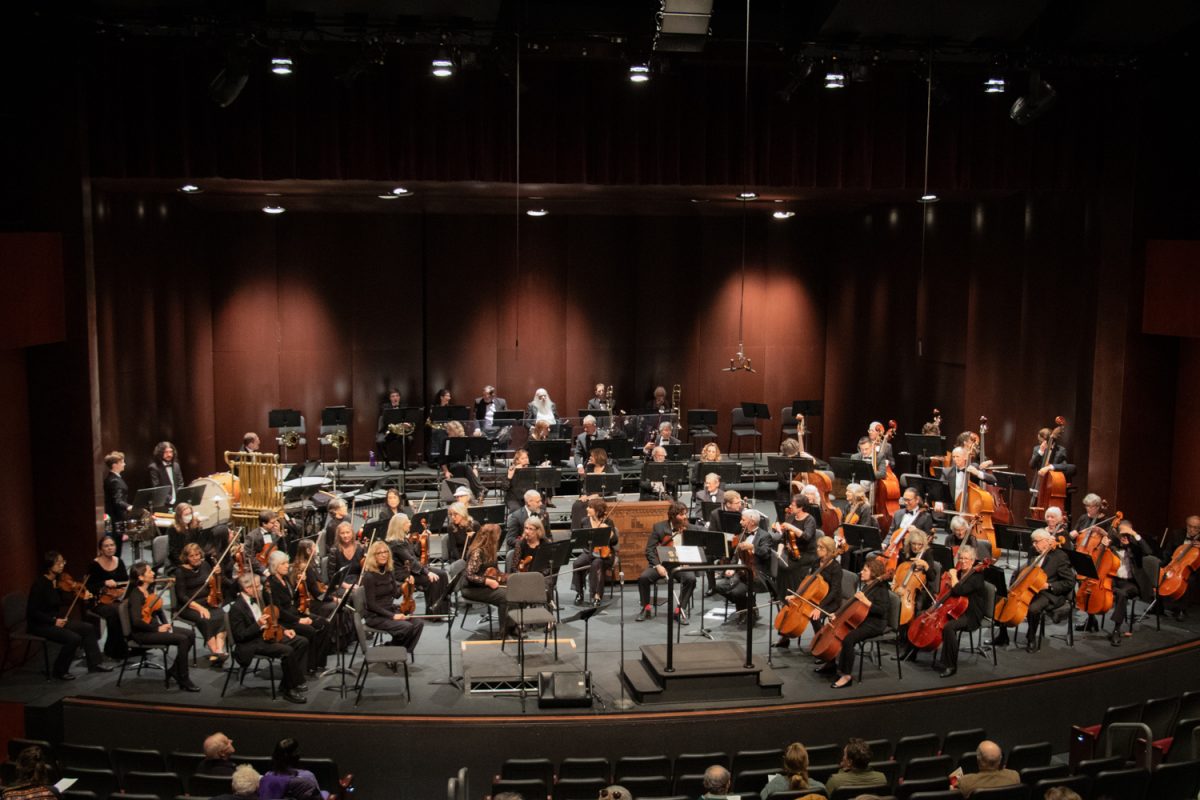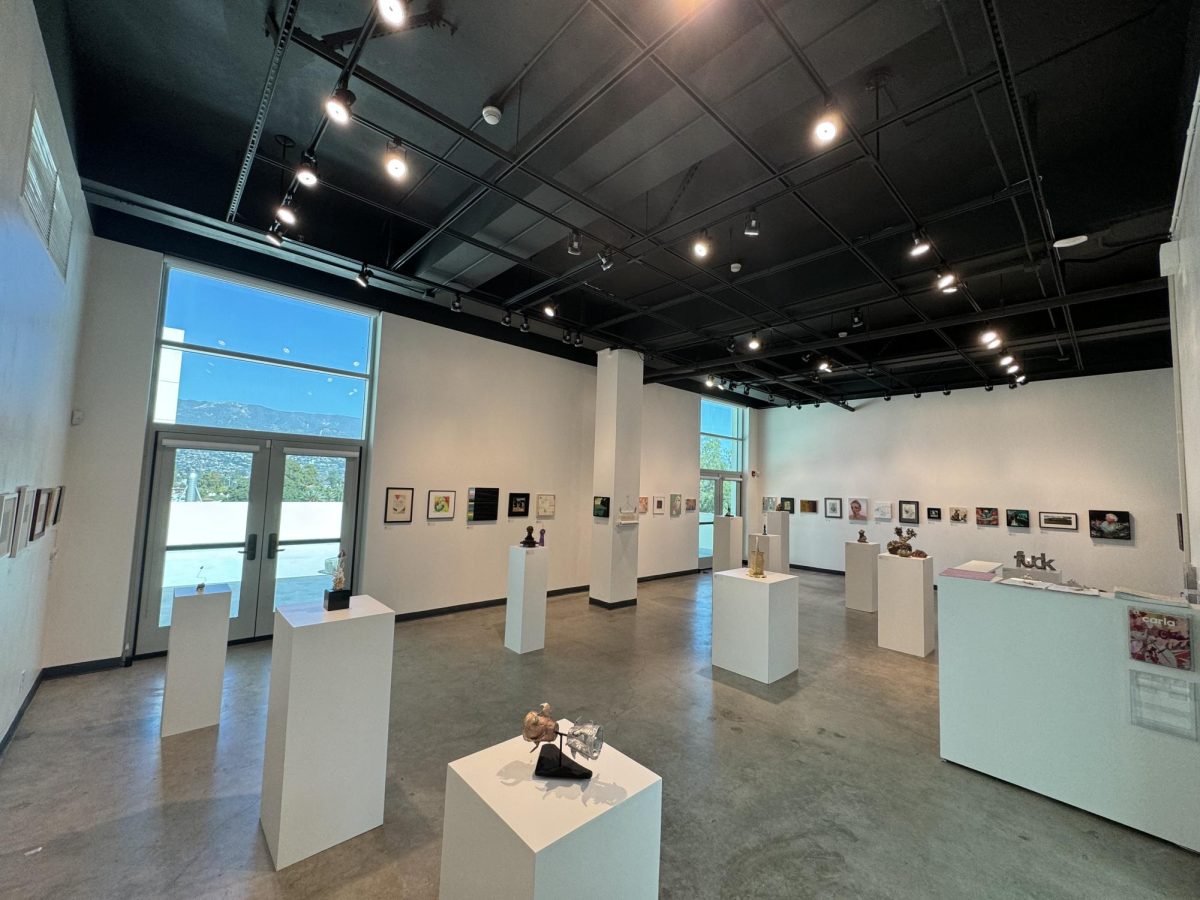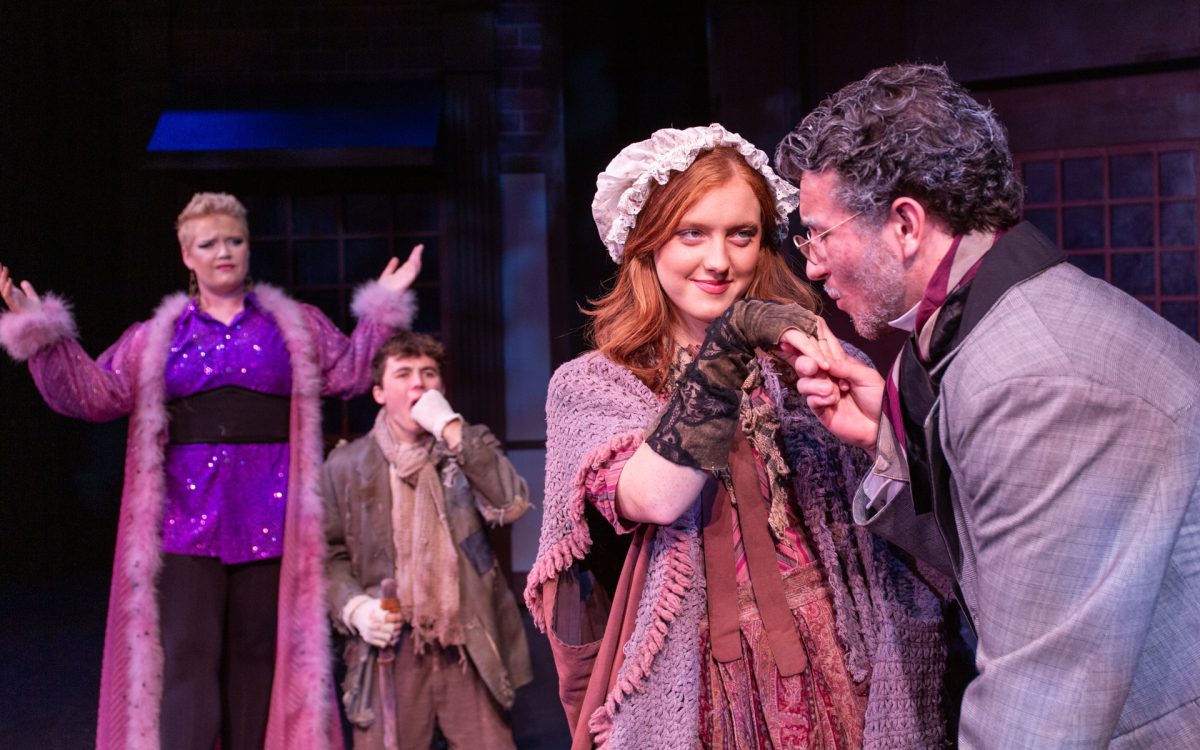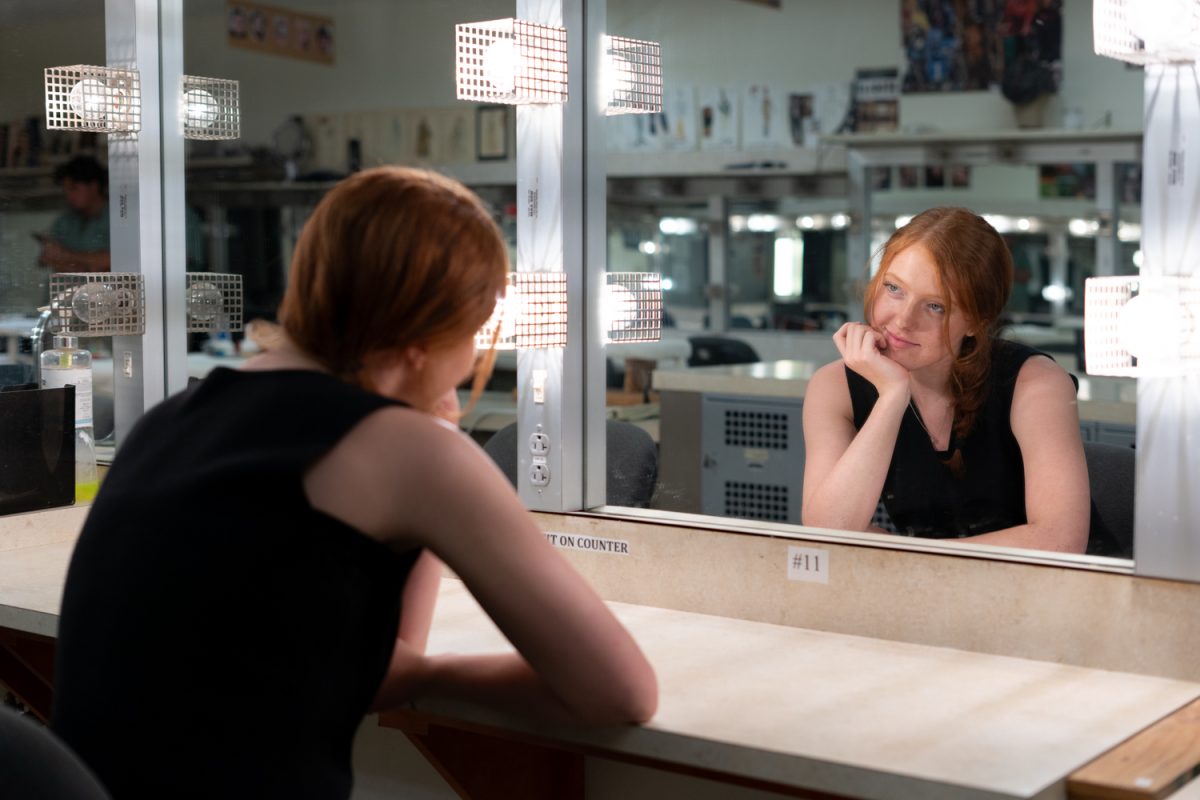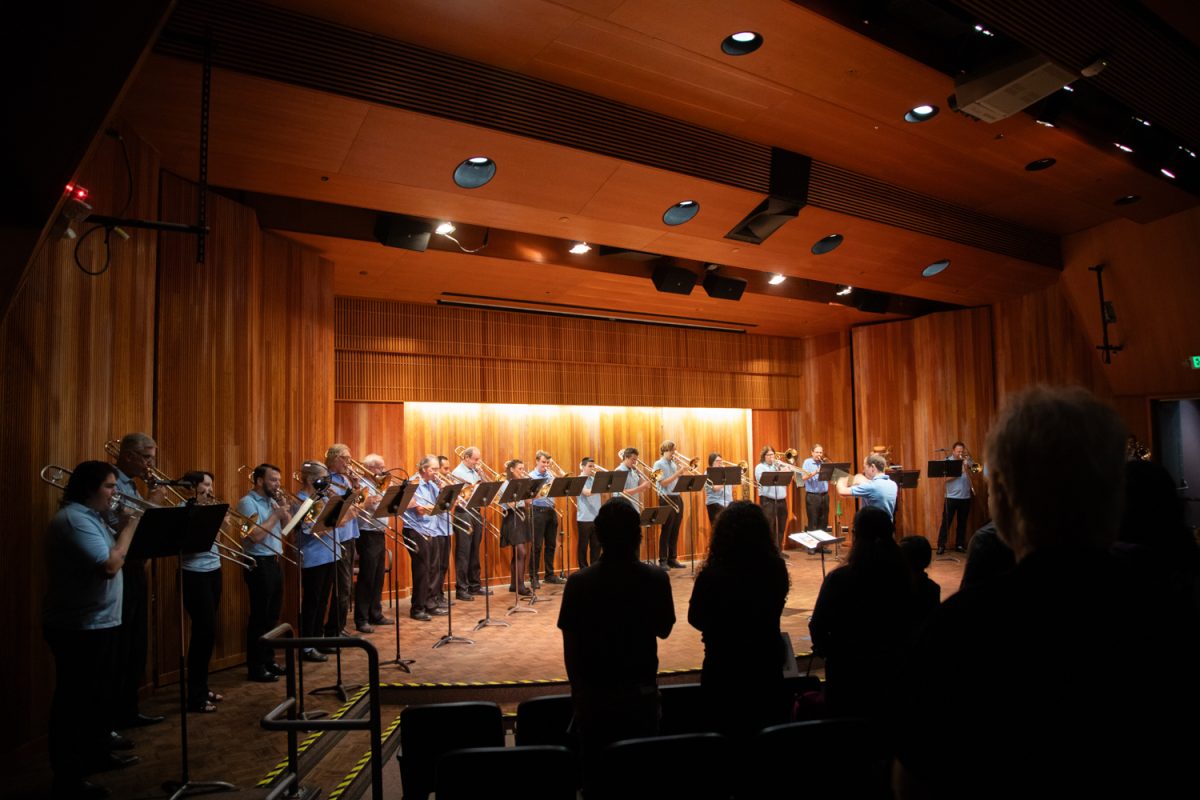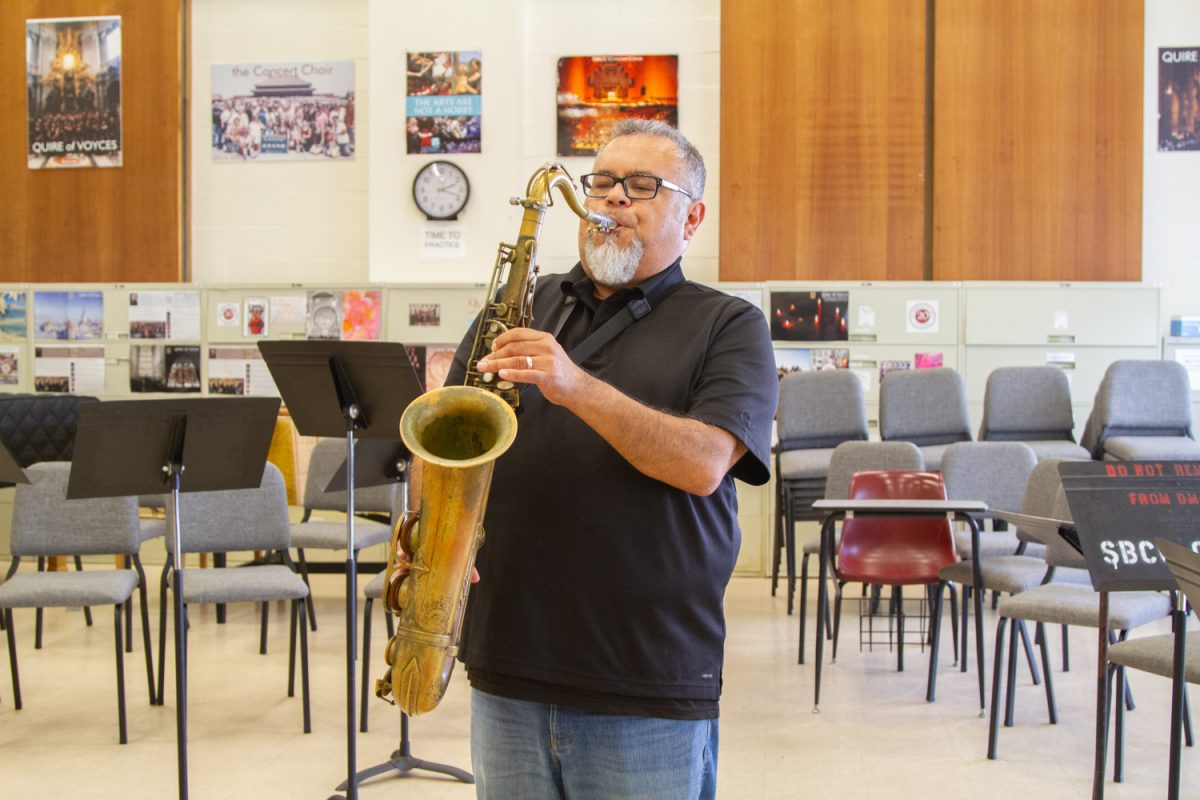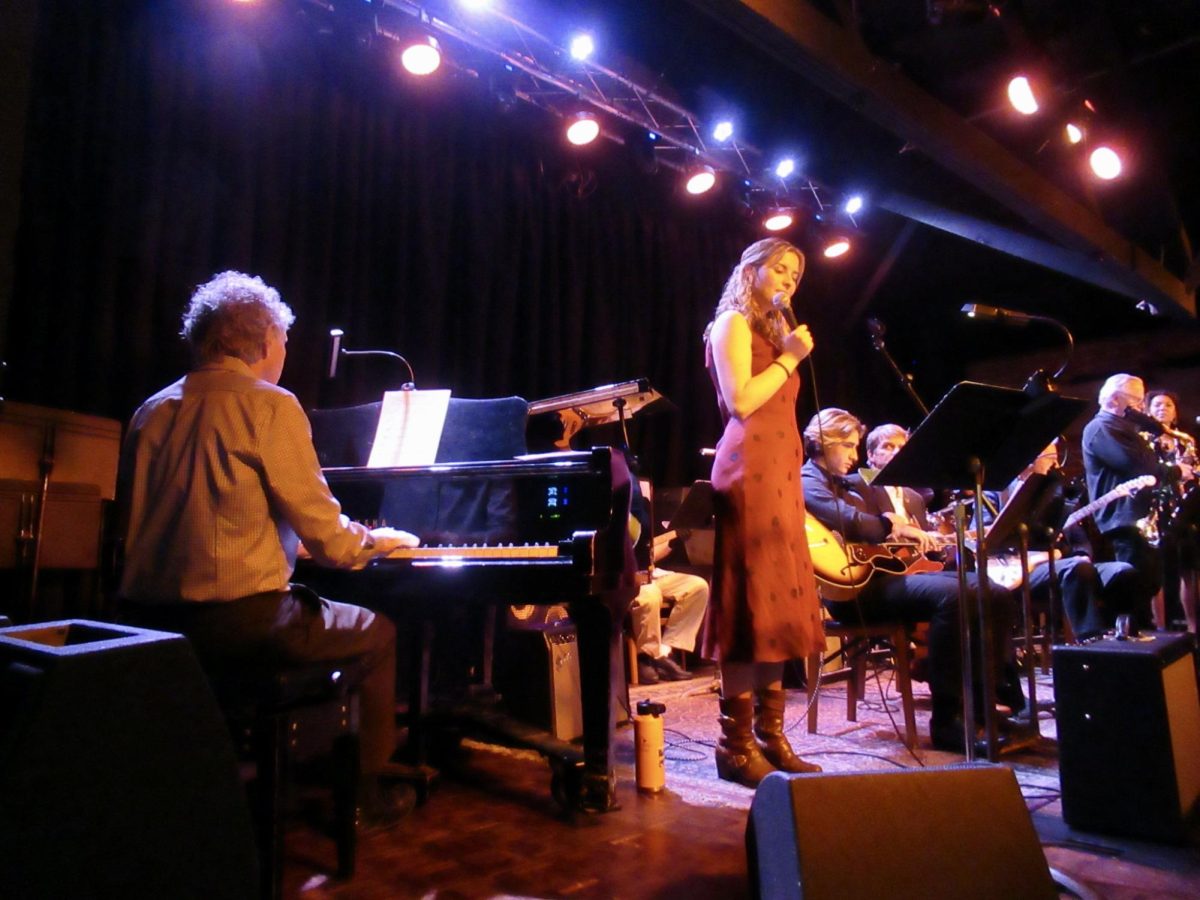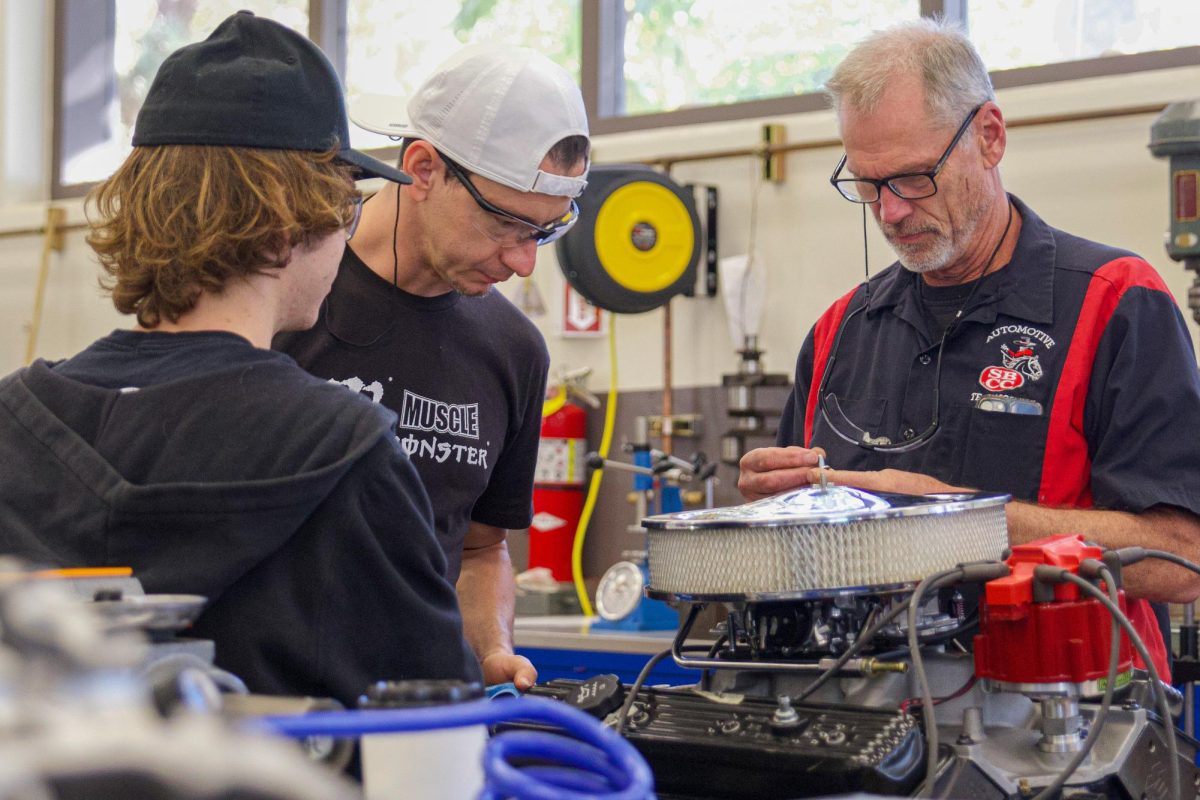In a harmonious performance of orchestral artistry, the Santa Barbara City College Symphony and world-renowned guitar virtuoso Eliot Fisk transcended beyond the boundaries of classical music on Dec. 3 at the Garvin Theatre. The infusion of historically significant and contemporary classical music made this a standout symphonic performance that overall, I will never forget. I’ve never heard or seen anything like it.
Directed by Valerie Malvinni, the Garvin Theatre was transformed into a realm where emotions were translated into harmonious language and promoted an intimate connection with the audience. Three pieces were performed in total. The first and last pieces were older and the second was more contemporary, highlighting the importance of sharing classical work and modern-day artistry.
“It is important to study and share the great classical literature but equally important to promote new and traditionally marginalized composers such as the great Florence Price,” Malvinni wrote in her director’s note to the audience.
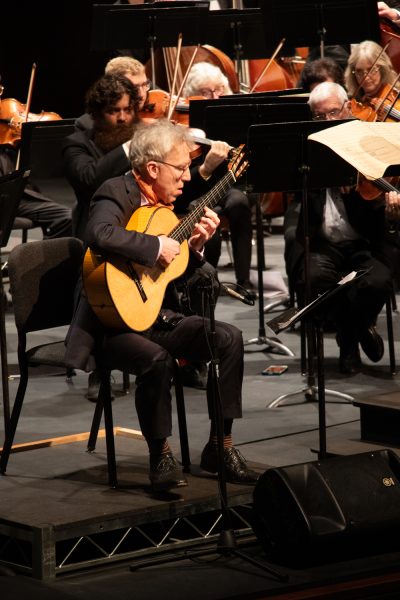
I’ve never been the biggest fan of classical music. I’ve used it to help study, but other than that I would never listen to it for fun, mostly because to me, “all classical music sounds the same.” This is an opinion I held before this full performance and a phrase I’ve heard repeatedly throughout my life, especially from younger audiences.
During the first musical piece, “Overture, L’Italiana in Algeri” (1813) originally composed by Giochino Rossini, I thought to myself, “All classical music does sound the same.” Despite the pure talent and raw emotion pouring into the audience after every rhythmic hum, nothing stuck out to me that differed from any other classical music I had heard prior. Nonetheless, it was beautiful and left the audience breathless. After the performance had finished, applause rumbled through the theater, prompting whistle-blows and smiles in the intimately lit environment.
The second piece, “Guitar Concerto” (2022) composed by Giovanni Piacentini, is “dedicated to Maestro Eliot Fisk” and acts as a bridge between guitar and orchestral music. This is where my attention peaked.Before this performance commenced, Fisk explained how the first movement, titled, “The Spirit Within” follows the story of Viola Liuzzo, a civil rights activist who was tragically murdered by the KKK. This piece continues with a tombeau, meaning it honors a departed person within the music itself.
The infusion of the Italian, folk-like tunes from Fisk’s guitar paired with the booming classical orchestral music provoked complete attention from the audience, myself included. I had never seen anything like it, and Fisk’s solo performances within the piece made it hard to look away. Every strung of his guitar vibrated throughout the theater and Fisk’s passion behind every pluck held the audience’s attention throughout the rest of the night. Paired with Viola Liuzzo’s somber backstory, it made for an immersive, captivating experience.
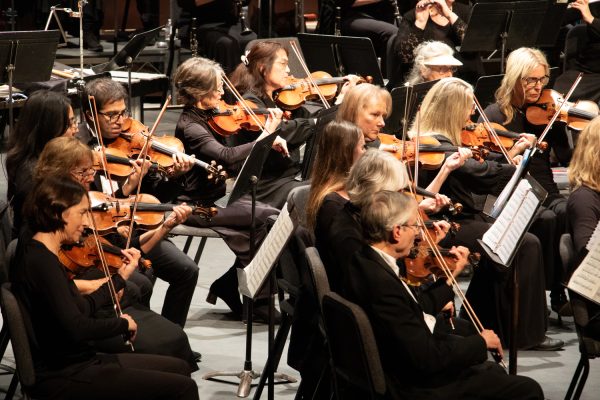
After intermission, the final piece, “Symphony no 1 in E minor” (1933), originally composed by Florence Price commenced. Prices’ history of hardship, endurance, and sacrifice as a mixed-race woman growing up in Arkansas was explained within the program and made the experience more immersive, provoking emotions from the audience before the music even began to play. Although this piece specifically wasn’t especially memorable, It was emotional, beautiful, and touching to see an underrepresented composer getting recognition many years later on stage.
The delicate opening notes of the performance turned to thunderous applause and a standing ovation by the end of the night. I was thoroughly impressed and captivated by not only each performer’s artistry but also the storytelling that unfolded through the use of instruments as the night went on.


